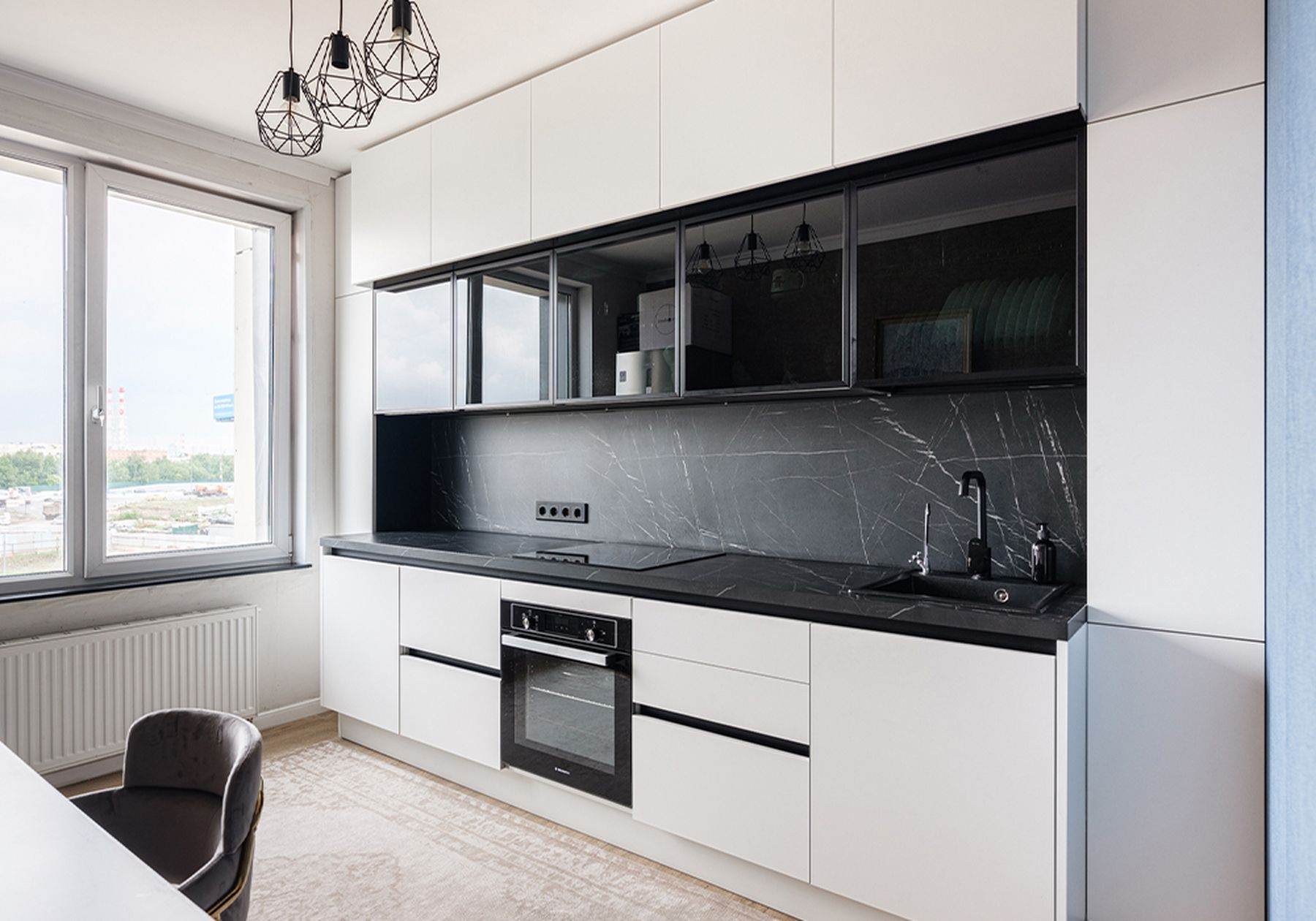
Introduction to Kitchen Aesthetics
Welcome to the world of kitchen aesthetics, where form meets function, and beauty is as paramount as usability. The kitchen, often referred to as the heart of the home, is more than just a place to cook and eat. It's a space for gathering, creativity, and expression. Mastering the art of kitchen aesthetics involves a careful blend of design elements to create not just a functional space, but one that reflects personal taste and style.
Understanding the Essentials of Kitchen Design
Before delving into the nuances of aesthetic appeal, it's essential to understand the basics of kitchen design. The key lies in the 'kitchen work triangle'—the spatial relationship between your refrigerator, stove, and sink. Efficiency is achieved when these three elements are placed in a triangular layout, minimizing movement and maximising productivity. Additionally, ample storage, proper lighting, and easy-to-clean surfaces are fundamental considerations for any well-designed kitchen.
Color Schemes and Materials
Color can dramatically affect the mood of your kitchen. Neutral palettes offer timeless elegance and make small kitchens feel more spacious, while bold hues can inject personality and vibrancy. When selecting materials, consider not just visual appeal but also durability and maintenance. Natural stone countertops, hardwood floors, or glass backsplashes create varied textures and can act as focal points. For a cohesive look, ensure your color scheme and materials complement each other and the overall style of your home.
Cabinetry and Hardware
Cabinets are the backbone of kitchen aesthetics, serving both a practical and visual function. The style of cabinetry—be it modern slab doors, traditional raised panels, or rustic shaker-style—sets the tone for the kitchen. Upgrading hardware can also make a significant impact. Choose knobs and pulls that match the kitchen’s style while adding a touch of sophistication or whimsy. Remember that the hardware should not only look great but feel comfortable and functional in your hands.
Maximizing Natural Light
Nothing enhances kitchen aesthetics like natural light. It breathes life into the space, making it warm and welcoming. Consider installing larger windows or skylights to flood the room with sunlight. If privacy is a concern, opt for light diffusing window treatments that maintain brightness without compromising on seclusion. In kitchens where natural light is limited, well-placed artificial lighting can mimic daylight and offer adjustable ambiance for cooking, dining, or entertaining.
Personal Touches and Decor
Making your kitchen your own is perhaps the most enjoyable part of mastering kitchen aesthetics. Decorative items such as vases, cookbooks, and artwork can reflect your personality and interests. Open shelving can be used to display cherished dishes or glassware, adding color and character to the room. Plants are another beautiful and functional addition, purifying the air and bringing a touch of nature indoors. Don’t be afraid to mix decorative styles; the most inviting kitchens often skillfully blend a variety of influences.
Conclusion: Creating a Cohesive Look
Mastering kitchen aesthetics isn't about rigidly following design rules but about creating a harmonious space that resonates with your personal style. By thoughtfully choosing color schemes, materials, cabinetry, and decorative elements, you can unveil a kitchen that’s both beautiful and functional. Balance is key—every item should contribute to the overall aesthetic without cluttering the space or disrupting its usability. With these insights and a touch of creativity, you are well-equipped to design a kitchen where memories are made and savored for years to come.